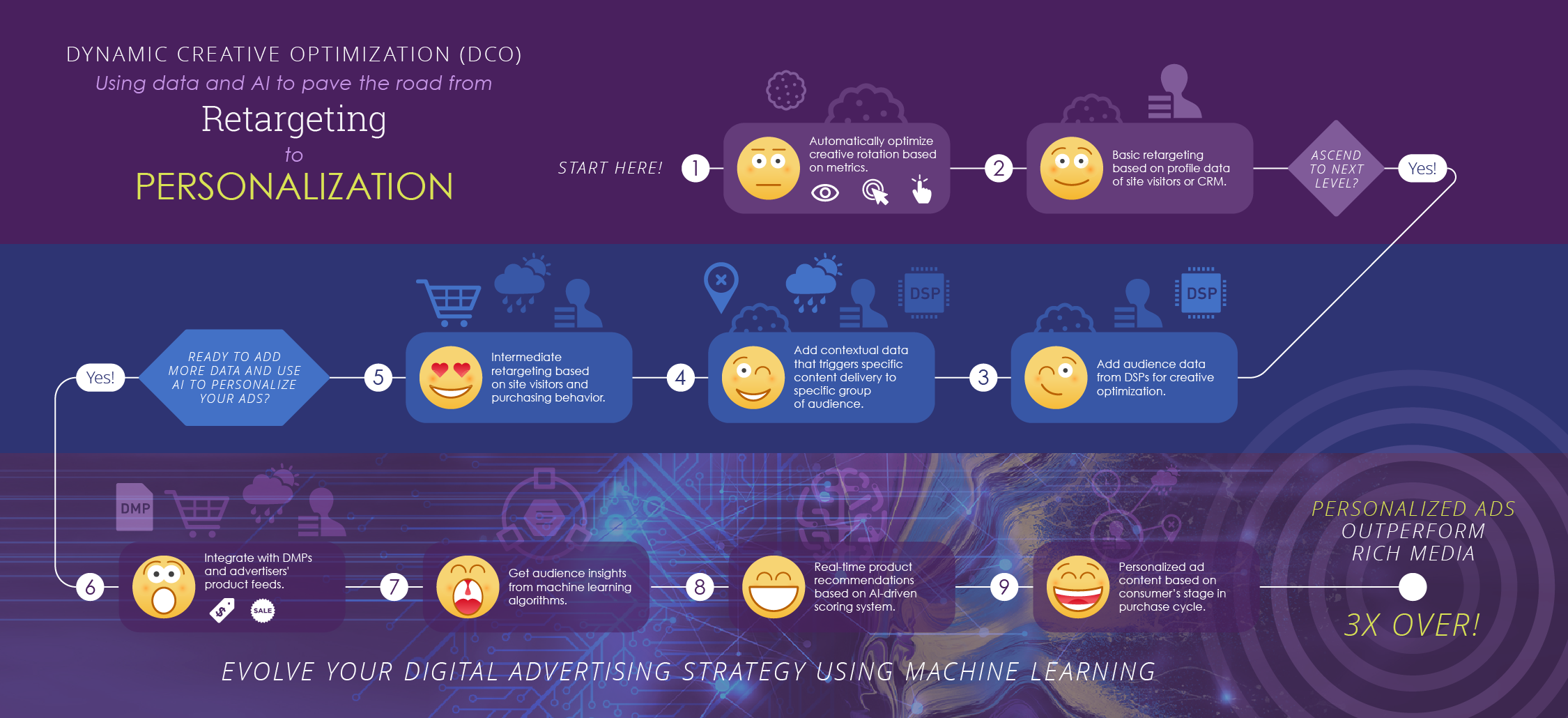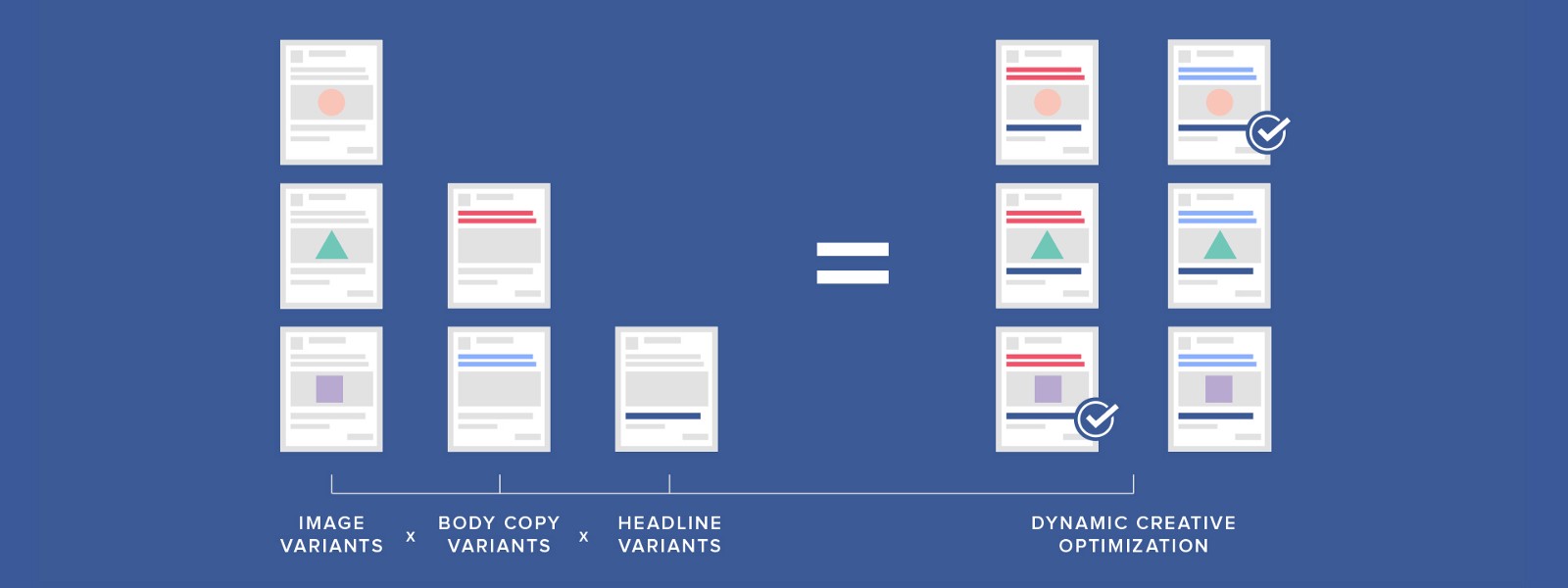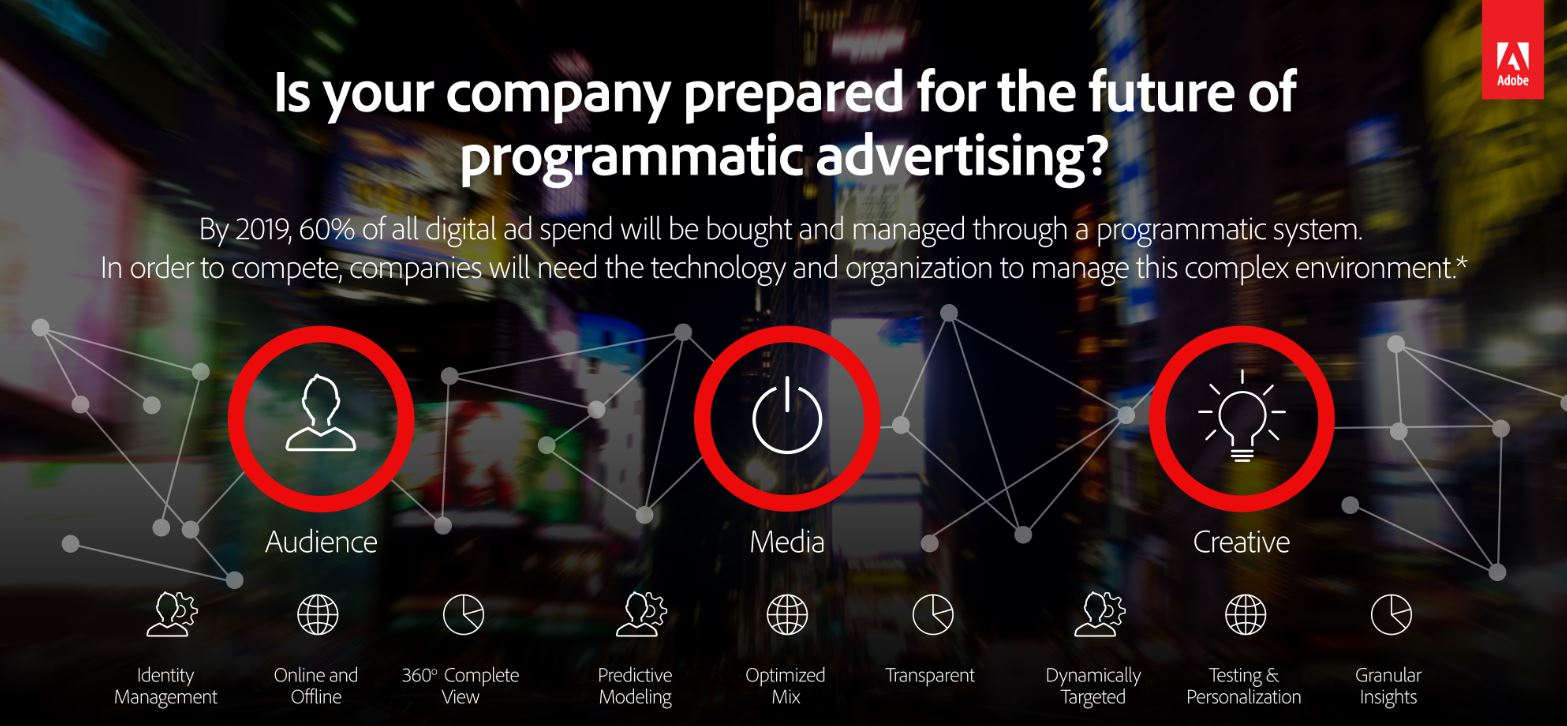There are two things that are critical in modern marketing. Reaching the right people and saying the right thing. The opportunity to be heard is much less than it used to be pre-internet days. Not to mention the competition is fiercer. That’s why savvy marketers are using data and automation to pave the way for their customer journeys. Dynamic creative optimization (DCO) is how brands are getting it done.

Jivox
In fact, 53% of marketers said: “a demand to deliver more relevant communications/be more ‘customer-centric’” is among the most important factors driving their investment in data-driven marketing. So, what is DCO and how can it help your marketing strategies? Here are three things you need to know:
1. What is Dynamic Creative Optimization?
DCO is a display ad technology that uses real-time data from a user (based on the moment of ad serving) to create a personalized brand experience. It’s a way of taking multiple streams of data from different sources to paint a bigger picture of who your audience is. Because they are so calculated, dynamic ads typically outperform their static counterparts by large margins.

HYFN – Medium
In fact, when optimized, programmatic creative can perform 30-50% better than static content. They can also be applied to lead prospecting using common targeting variables like weather, location, behavior, device, and demographics. Almost any source of data can be connected to a dynamic ad and can be automatically optimized based on A/B and multivariate testing.
2. Where Do DCO Ads Pull Information From?
DCO interprets a variety of targeting variables depending on how you collect your data. A data management platform (DMP) can be integrated with a DCO ad server to automatically generate personalized ads based on the data gathered. When it comes to customization, it does everything for you. That’s important considering 52% of consumers (and 65% of B2B buyers) say they’re likely to switch brands if a company doesn’t personalize communications to them.

Thunder
Other feeds of data can also be used, like geographic and IP addresses, to segment the audience by location and deliver a message accordingly. If it’s geographic data, an ad can be sent with a deal or rate specific to a store close by. This data can also be used to determine the best combination of audience segments and creative performance over time.
3. What’s the Difference Between DCO and Dynamic Creative?
Although many people interchange these terms, DCO is one step ahead of content that is simply dynamic. That’s because it’s optimized through artificial intelligence and machine learning. One example of a dynamic creative ad unit is a product retargeting ad. It is dynamic because it is personalized (like the last product someone saw on a retailer’s website). However, it is not optimized.
A product retargeting ad becomes DCO when it includes some kind of product suggestion engine. That way, related products are also displayed with the ad for ultimate purchasing power. As this process is performing elements of machine learning (guessing what you will like based on past behavior) it is considered “optimized.” Since nearly 62% of people report that it’s acceptable for companies to send personalized offers based on past purchases, you can guess this is a successful tactic.

Adobe
Programmatic creative activates precise messaging. Modern marketers must work with technology to find the smoothest paths to purchase. Dynamic Creative Optimization uses machines to seize real-time advertising opportunities that the human eye may miss.
DCO is not meant to replace the clever and intuitive marketer, but rather align with their efforts to enhance marketing in every aspect. When working together, humans and machines can make beautiful things happen and create ideal brand experiences that consumers remember.
